| "Fun Surprises Around Every Turn," was the headline on the August 19, 2020 Washington Post feature on What We Found in the Corn Maze. A half-page above-the-fold article on the back of the Sports section, it completely overshadowed the ad for shingles (the roofing kind, not the disease) in the space beneath it. The feature was also run by The Houston Chronicle and the Keene, New Hampshire, Sentinel. No word on whether they also ran the shingles ad. |
|
0 Comments
As we enter the corn maze that is the summer of 2020, with its scary twists and turns, its masked people unexpectedly coming at you around corners, and its seemingly endless dead-ends, it’s nice to find an area wide enough to set up a few beach chairs, open a cooler full of cold drinks, and settle back with a stack of page-turners.
Remember: you’re not lost in a maze; you’ve chosen to get lost in a good book. The Washington Post’s KidPost Summer Book Club has selected eight books this year for the young and young at heart, and What We Found in the Corn Maze and How It Saved a Dragon happens to be one of them. If you choose to travel the maze with all eight books, you’ll be encountering raccoons, stargazers, tigers, amateur detectives, water bears, fellow pathfinders, and unsung heroes. Not to mention a dragon or two. I am honored for my book to be included, especially when I see the company it’s in. The other seven books are wonderful reads. My book is sort of a disreputable uncle who got invited to the party because the host forgot how awful his jokes are. But there it is, and the Post will be discussing Corn Maze on Wednesday, August 19th, awful jokes and all. There's a dragon on the cover of my next book.
Fortunately, it’s just an illustration. Those of you who subscribe to Dragon Fancy, the magazine that runs ads for swimming-pool-sized litter boxes and chain-mail-wearing chew toys, will be wondering about the breed. Well, it’s not a Norwegian Ridgeback, nor is it a Hungarian Horntail. It’s not even an Inflammatory Innuendo, although that may be implied. It’s a Comburant Oxidatrix, native to the land of Congroo, and her name is Phlogiston. (The book’s name is What We Found in the Corn Maze and How It Saved a Dragon. Coming to a dungeon near you May 5, 2020.) It turns out the reason nobody’s ever gotten magic to work is, magic only works for seven minutes each day.
And they’re not even consecutive minutes. A minute here, a minute there – you barely have time to recite an incantation to kick off a spell, or, more often than not, the minute’s over and you’ve only spoken two syllables of your final abracadabra, and the lost coins you hoped to magically gather from the schoolyard are still lost and show no signs of bestirring themselves to fill your empty, much-recycled lunch bag. So you have to wait for the next Magic Minute to roll around, and it might be hours away, and you might get interrupted, or mispronounce alakazam, and blow it all over again. That’s the premise of my next book, What We Found in the Corn Maze and How It Saved a Dragon. The book has nothing to do with the kind of wizard pictured above. The wizard above, with his unique approach to the problem of crocodile storage, is just an image lifted from an old 19th-century magic-lantern slide, which is a source I tirelessly plunder whenever I’m in need of some public-domain eye candy. I’ve stuck another lantern-slide image below. Staring at it long enough should cause the bargain-basement Dumbledore to conjure a demon. Staring at it a little longer should banish the demon back to Bogeyland, and good riddance. (More on the upcoming book in the next post.) What We Found in the Sofa is now a required college textbook, at least for the fall 2016 semester - or until somebody comes to their senses - if you happen to be a Library Science student taking the Lit and Resources: Children course (LIS 403 LEA) at the University of Illinois, Urbana. There are 55 other books on the required list, including The Cat in the Hat and Where the Wild Things Are, which, like Sofa, don’t have SparkNotes, so the course will not be a pushover.
And while I would never presume to judge any of the other books on the list, I have to say that Goodnight Moon has always put me to sleep. It’s been a while since we checked back with the French edition of What We Found in the Sofa and How It Saved the World, or, as we like to call it, Ce qu'on a trouvé dans le canapé, puis comment on a sauvé le monde (as long as there is no one around to correct our pronunciation) and it turns out at least one reader liked it. The erudite, tea-drinking, and well-traveled blogger at Le Rose et le Noir called it a brilliantly wacky adventure novel, and recognized that the delicious word play (“de jeux de mots savoureux”) must have been a real headache to translate. (It was. The translator, Nathalie Bru, sent me a bill for 3 bottles of asperine. (Asperine is French for Tylenol.) Clicking the review will take you to the website, for those of you who wish to discover how little of your high school French you remember.
...but the Educator's Guide to The Book that Proves Time Travel Happens is now available. It's free, readable online or downloadable as a .PDF or .TXT file. If you are a kid, and you're reading this, this is where your teacher came up with all those questions about similes and metaphors and genres. If you read the educator's guide, you'll be able to raise your hand and pose some tough questions of your own. Go ahead. Turn the tables. Your teacher will either give you extra credit, or send you to the principal's office for wising off.
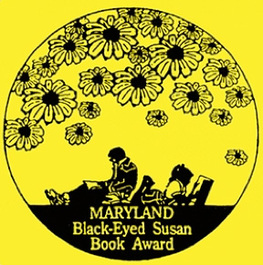 Reporters have been lining the sidewalk in front of my house (mainly with cigarette butts and candy wrappers) eager to learn my reaction to What We Found in the Sofa placing sixth in Maryland’s 2015 Black-Eyed Susan Book Award. Well boys, I’ll give it to you straight. While it’s not the gold medal, nor the silver, nor the bronze, nor the bauxite, nor the potash, it is, after all, the mercury, a medal which, if worn around the neck, tends to make a mess of one’s shirt, but it’s still an honor, and I’m happy to have received it. (It was wonderful just to have been on the list.)
People express surprise that there are medals beyond bronze, but of course there are. In addition to the aforementioned bauxite, potash, and mercury, there's zinc, asbestos, and cubic zirconia. Hemingway used to lie in bed with his asbestos medal on his chest and use it as an ash tray, until the day he missed and set fire to his chest hair, which Gertrude Stein found hilarious. (The chest hair; not necessarily the fact that Hemingway set fire to it.) The lead medal, for tenth place, was discontinued in 1922 when a broad-shouldered judge casually tossed one around James Joyce's neck and Joyce fell forward down three flights of stairs. This not only marked the end of the lead medal, but also of the dais upon which awards are presented being any more than two feet high. Joyce claimed the fall did him no harm, but the next thing he wrote was Finnegans Wake. 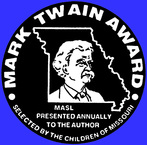 Okay, due to what will probably turn out to be a clerical error, my book What We Found in the Sofa and How It Saved the World is one of twelve finalists for the Missouri Association of School Librarians’ Mark Twain Readers Award, which will be given in the spring of 2016 to one of the other books on the list. I am absolutely thrilled to be nominated, clerical error or not, especially considering the company it puts Sofa in.  Mark Twain's house in Hartford. Mark Twain's house in Hartford. Now, while there is no requirement that the nominated authors each write an essay about their personal relationship with Mark Twain, I have decided to include one here, just in case the rules change at the last minute and such an essay IS required, and none of the other authors submit one in time and I win by default. (The other authors should understand that this is just a joke, and they should not even bother outlining a prospective essay about their PR with MT. A better use of their time would be responding to those pesky line-edits they’ve been putting off all week.) My fourth-grade class trip was to Mark Twain’s house in Hartford, Connecticut. Our teacher, Evadne Lovett, had been reading Tom Sawyer aloud to us each afternoon and she decided the home of a writer would be a perfect field-trip destination. I don’t know how my fellow ten-year-olds responded (although some of them, upon learning the house was built to resemble a riverboat, ran through its halls shouting “Man overboard!” so I will cautiously say enthusiastically) but for me it was a life-changing trip. I bought my first adult-level book in the gift shop. Up until then, my book-buying budget – approximately three dollars per year – had been spent on Hardy Boys mysteries and Tom Swift science fiction. In the Twain shop I purchased my very first paperback, an anthology entitled A Laurel Reader MARK TWAIN. (I have it to this day. Here’s the scan to prove it.) 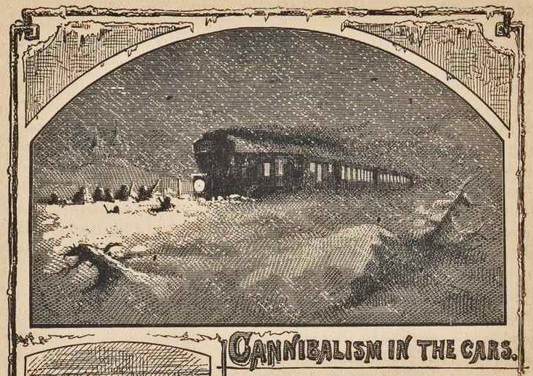 The book was a jumble of short stories and excerpts from longer works, and the mix was exactly right to stimulate the over-active imagination of a ten-year-old aspiring writer. (Mrs. Lovett, four months earlier, had encouraged me to read aloud my essay about how I had spent Christmas break, during which, allegedly, I had mistaken a local poet for Santa Claus. The line “I looked out the window and what did I see? A big fat beatnik smilin' at me,” got a solid laugh from a crowd predisposed to find anything with the word “beatnik” in it hysterical, and I became forever hooked on the writing thing. If my classmates had sat there stone-faced I’d be a mortician today.) The Laurel Reader, in addition to the diaries of Adam and Eve, the inevitable Jumping Frog story, and “Cannibalism in the Cars” (in which passengers on a snowbound train vote on the order in which they should be eaten, something that rarely occurred in Hardy Boys stories, where it was usually the big guy with the baseball bat who got first dibs) included most of the epigrams from "Pudd’nhead Wilson’s Calendar," which were essentially nineteenth-century one-liners and made enough of an impression on me that I started jotting down my own Profound Thoughts in something that, by high school, I was calling Paranoid Wilson’s Notebook. Here’s an entry from Twain’s Pudd’nhead: Adam was but human -- this explains it all. He did not want the apple for the apple's sake, he wanted it only because it was forbidden. The mistake was in not forbidding the serpent; then he would have eaten the serpent. Here’s an entry from Paranoid Wilson’s Notebook: Is he stifling a yawn, or aiming a blowgun? Don’t take any chances; kick him in the face. Twain’s point may have been more trenchant, but I feel I win when it comes to brevity. To this day I still add thoughts to Paranoid Wilson’s Notebook (most recently: “November became National Novel Writing Month because ‘Novel’ and ‘November’ both start with the same five letters, but I can’t see how anyone can expect me to write a novel after I’ve just spent the entire previous month octopus fishing,”) and sometimes I read through it, looking for inspiration when the writing isn’t going all that well, as, obviously, it doesn’t too often. All of which I trace back to that 1962 field trip to Mark Twain’s house. (Evadne Lovett, Brown University graduate, Daughter of the American Revolution, member of the League of Women Voters and the John Greenleaf Whittier Society, died at the age of 96 in 2007, six years before I published my first book. She probably knew I’d be a late bloomer. So, even though I'm way behind with my gratitude - thank you Mrs. Lovett!) Lately, my daughter has been urging me to get in touch with my inner candy store and so, for Father’s Day, she gave me the two chocolate bars that have been the bane of my existence since elementary school. I can still vividly recall the sixth-grade girl who, every time she saw me, would shout out, “Oh Henry – I want a Clark bar!” I’m pretty sure this had something to do with my name, although, to be fair, it may only have been a coincidence and she may only have been very hungry. Still, I concede I’m better off than my aunt, Baby Ruth Zagnut, and my cousin, Rolo Kitkat. And, oh yeah, my college roommate, Chunky Butterfinger.
|
Henry ClarkPictured here on the day he sold What We Found in the Sofa. His mood is cautiously optimistic. Archives
August 2020
Categories
All
|
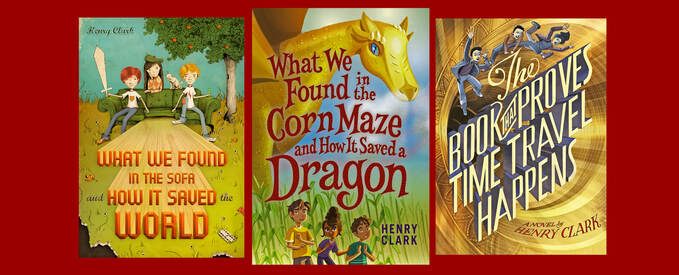


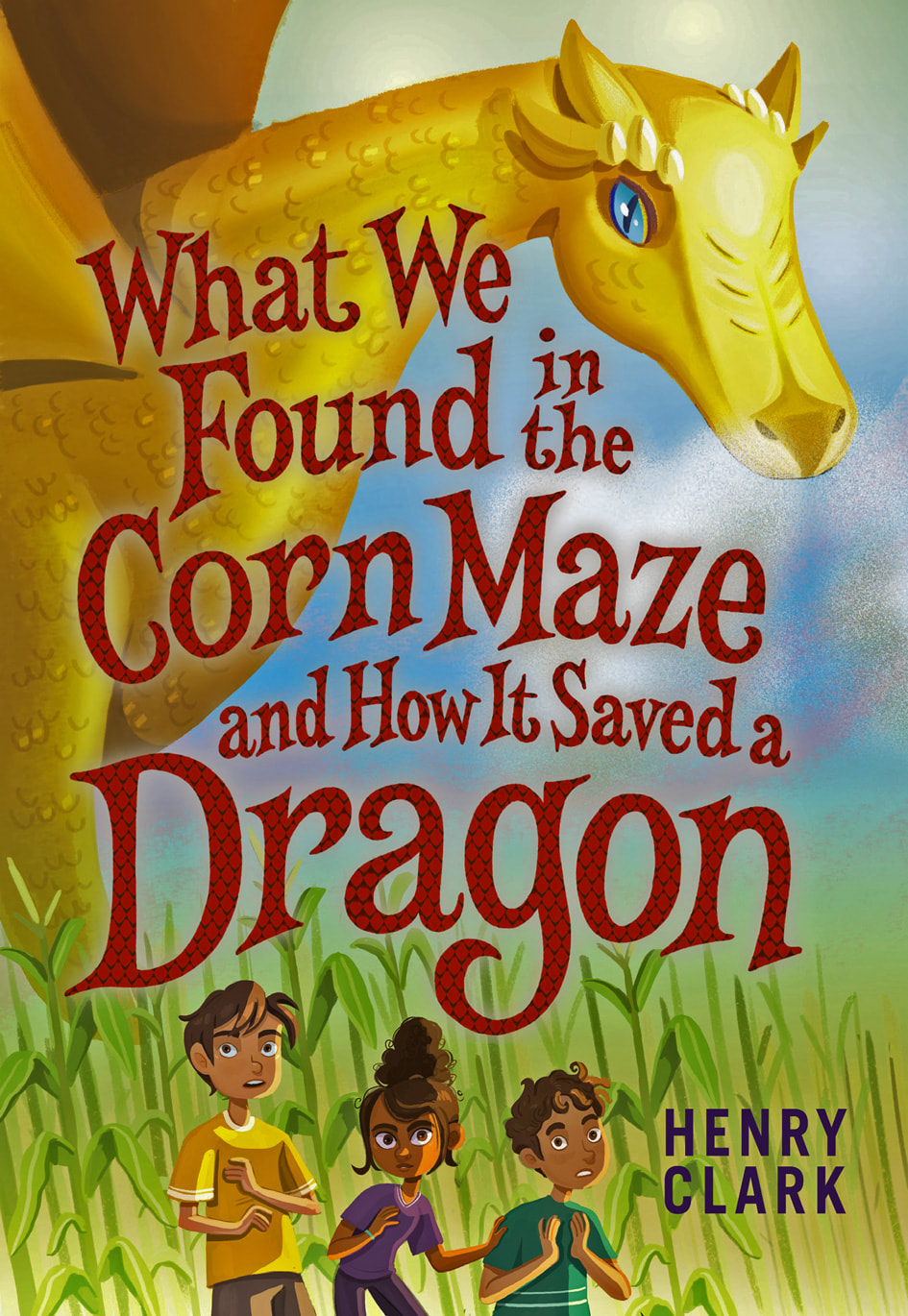
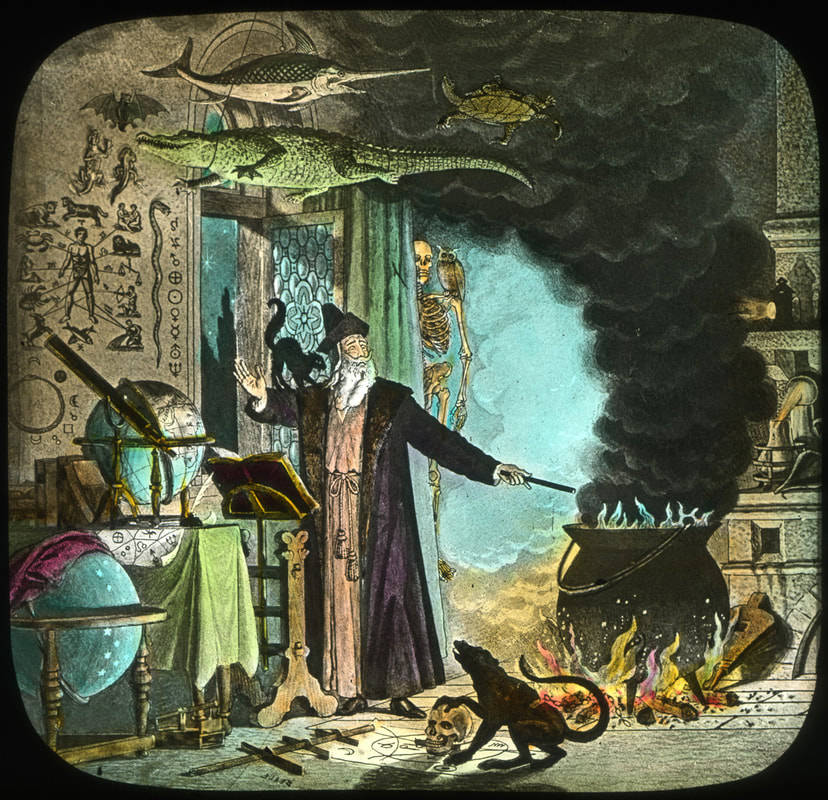
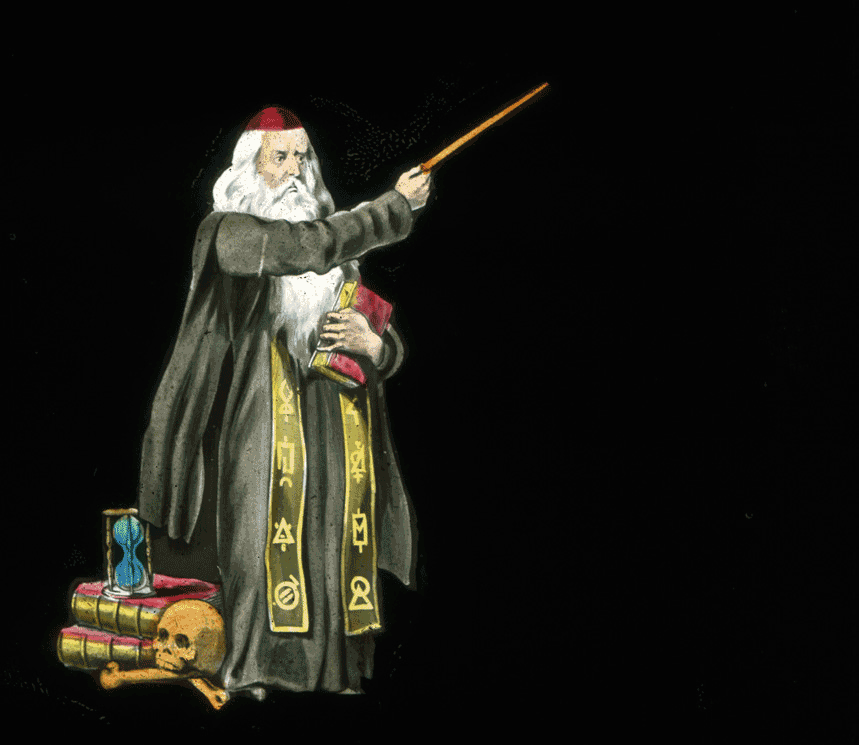
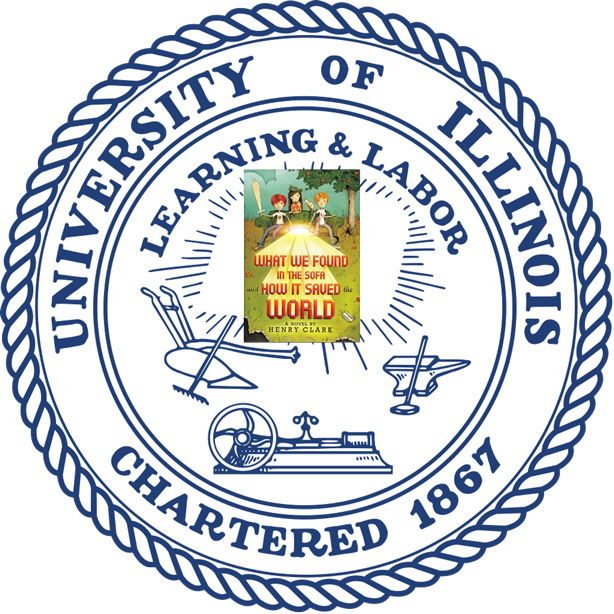
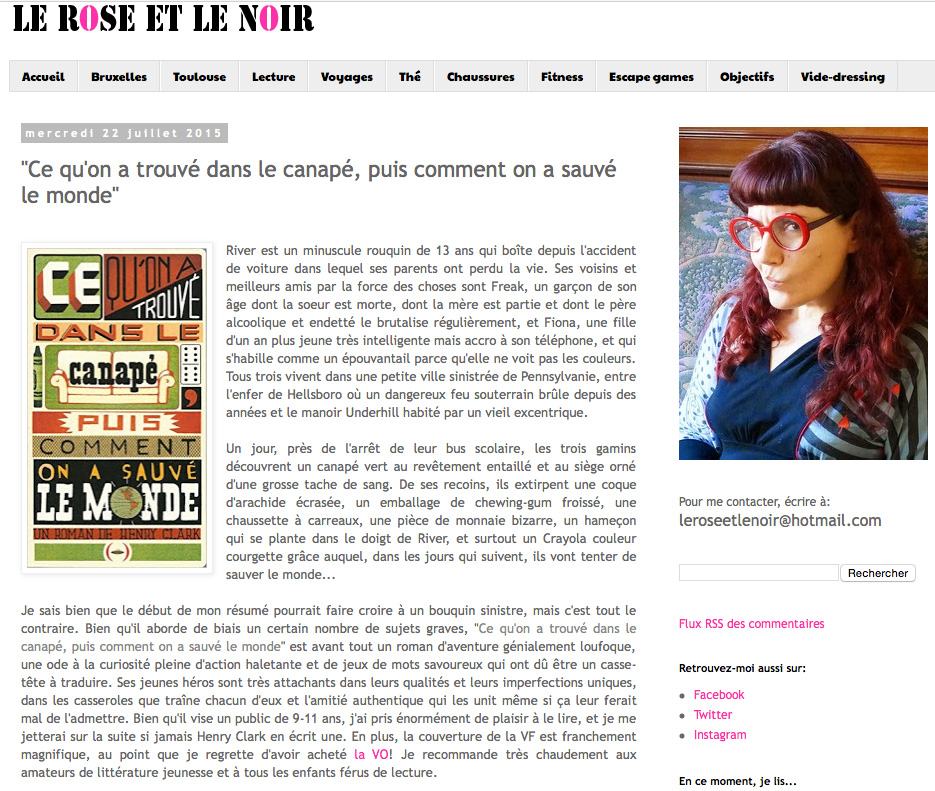
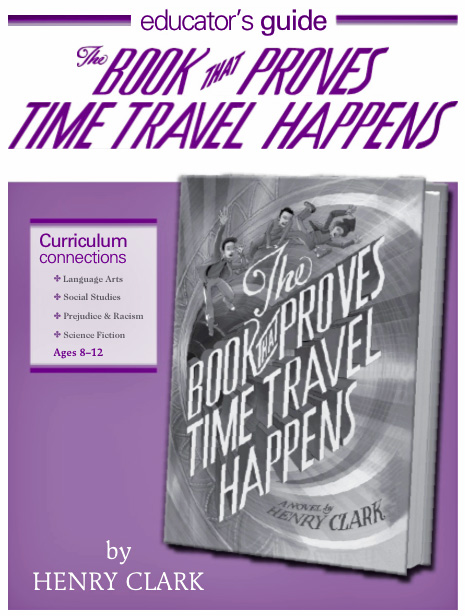

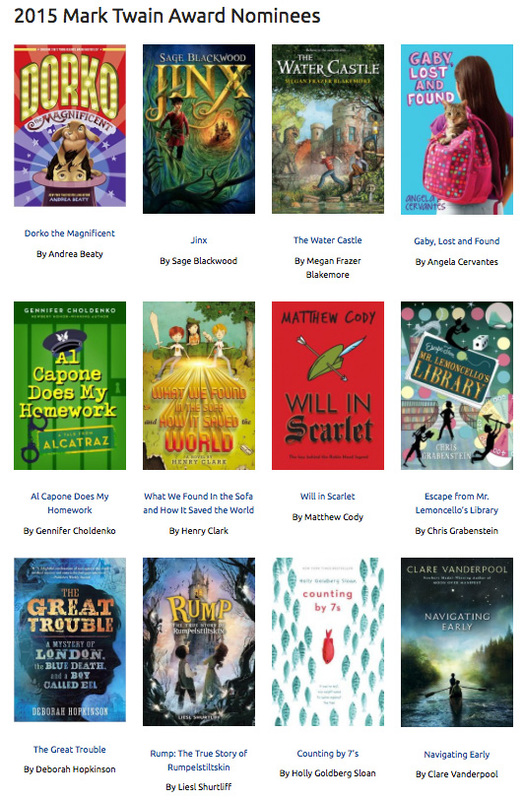
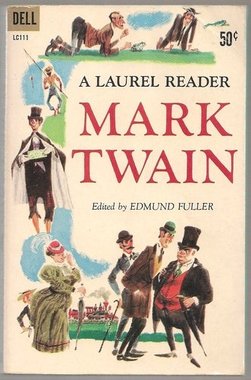
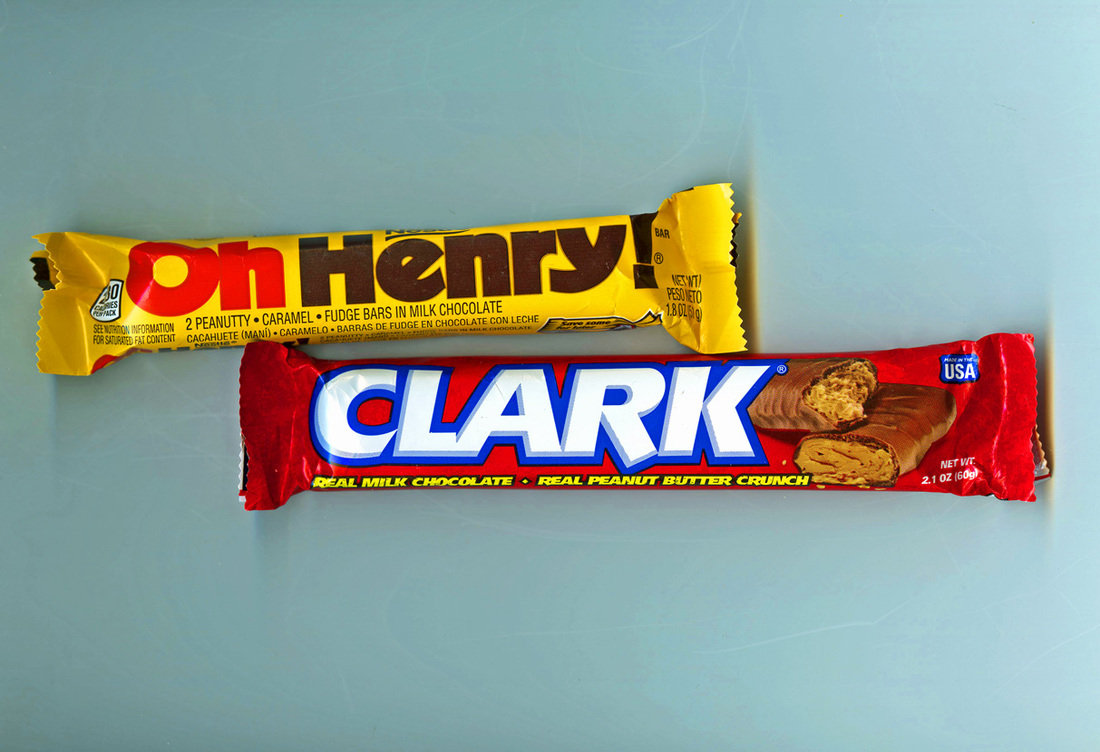
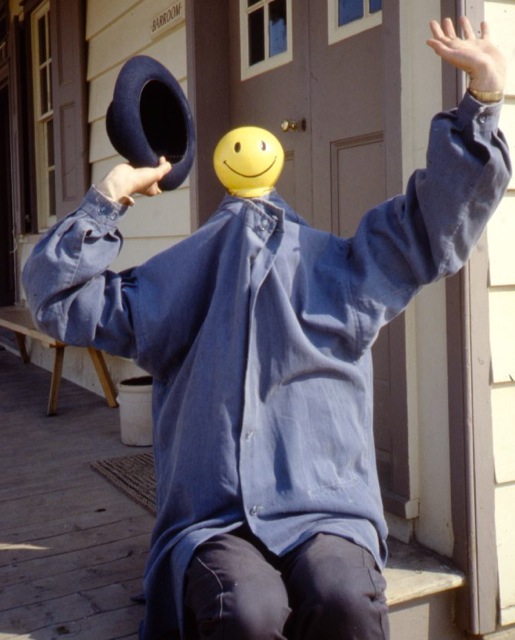
 RSS Feed
RSS Feed